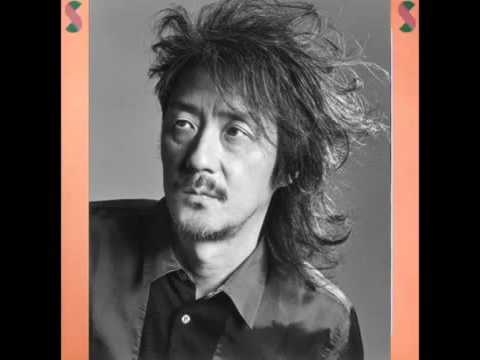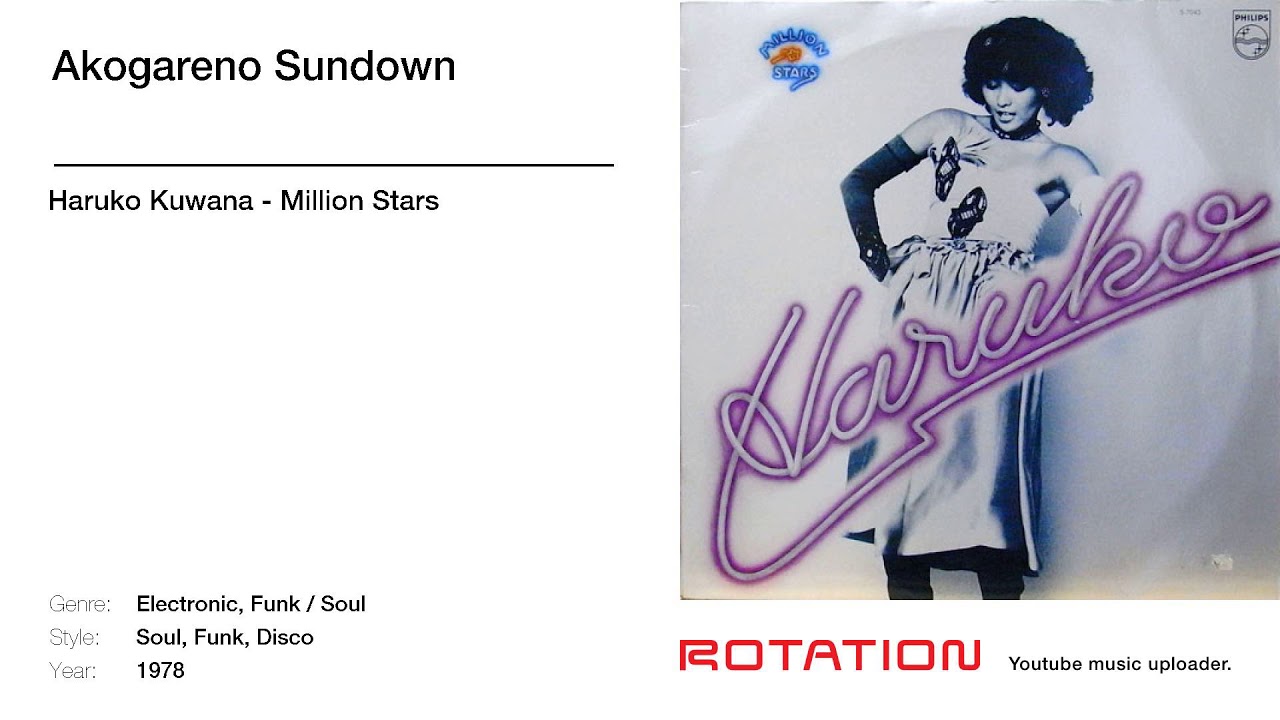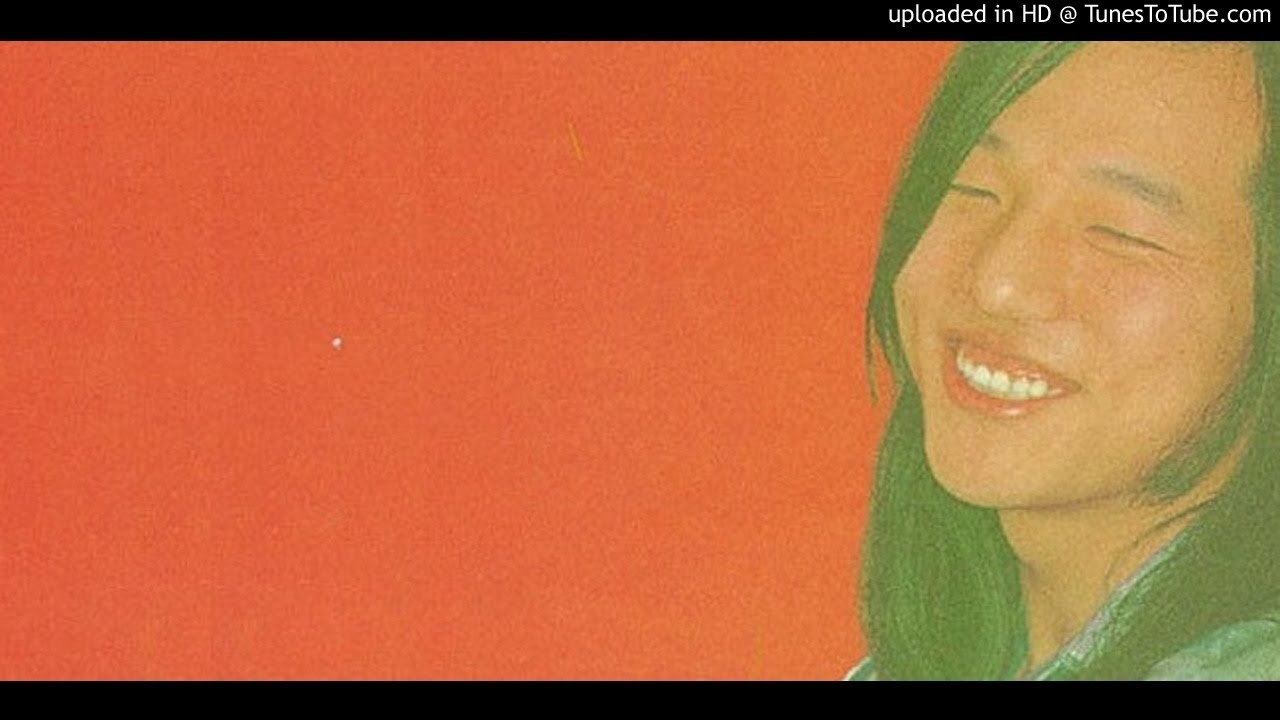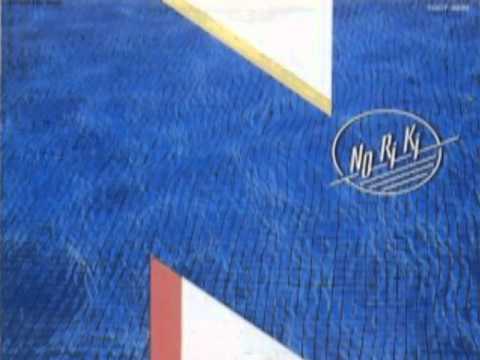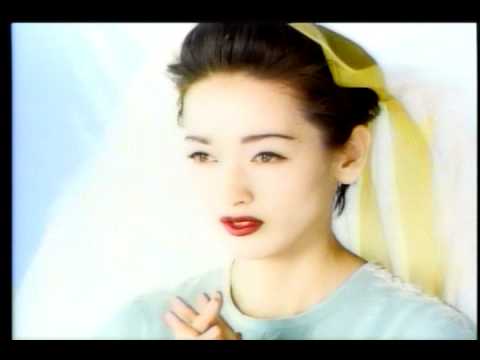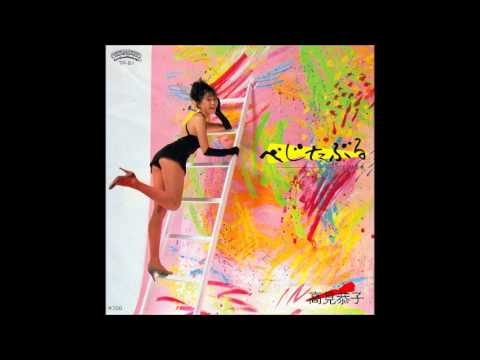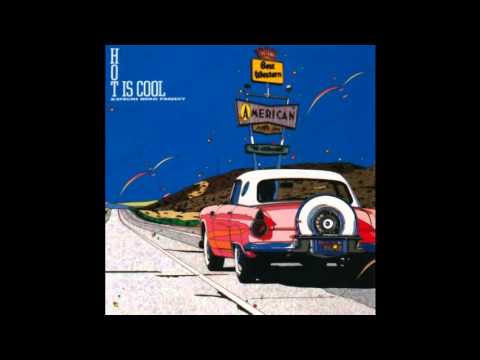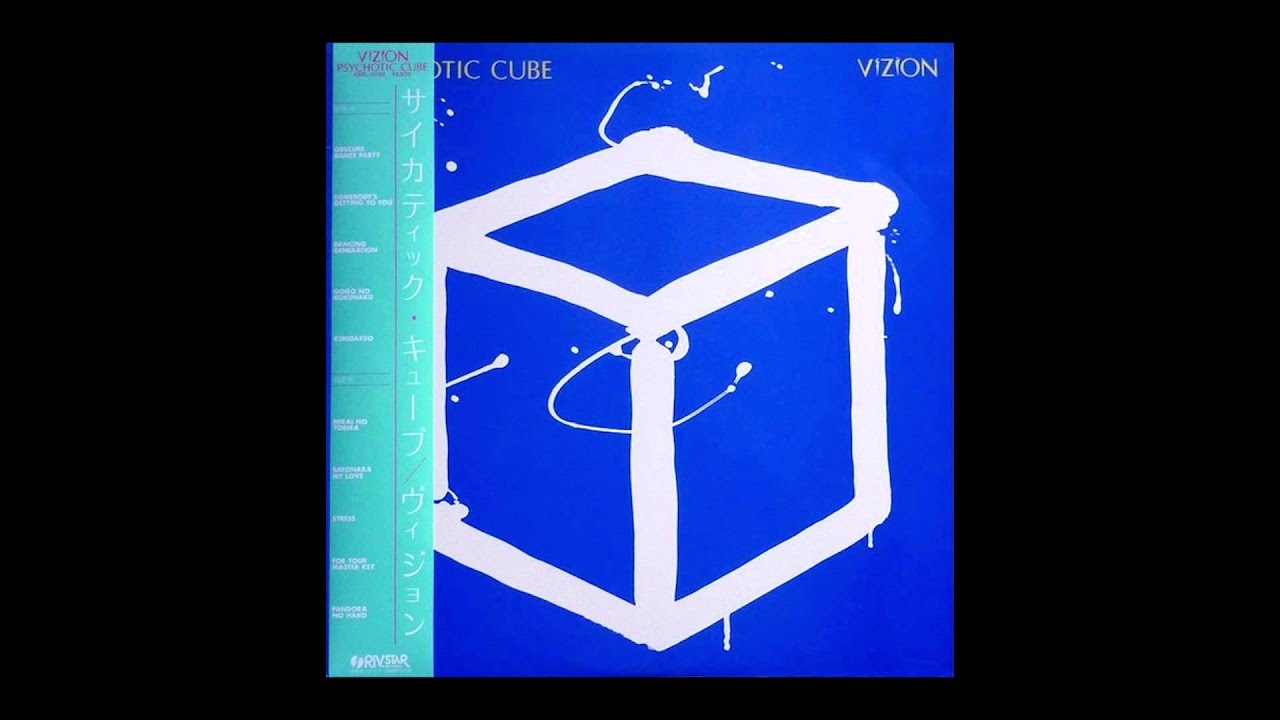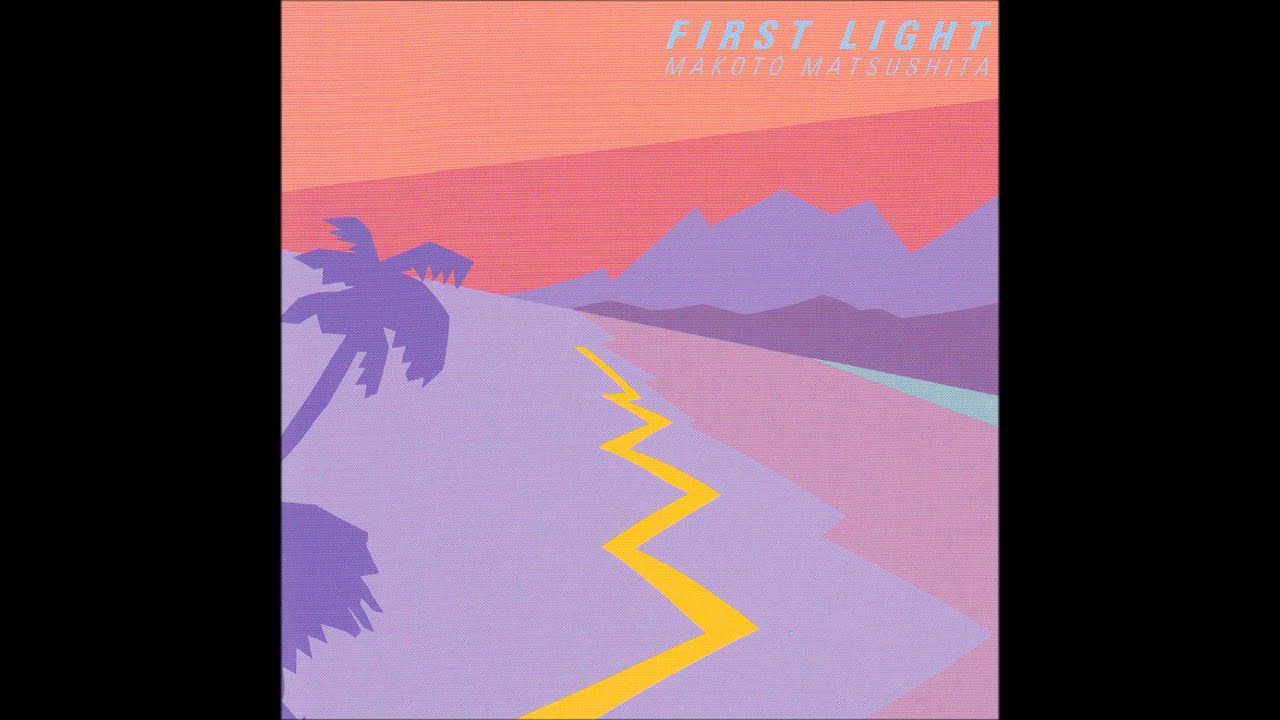
City Pop: A Guide To Japan’s Overlooked ’80s Disco In 10 Tracks
In the 1980s, Japan found its regional answer to synth pop and disco in the form of city pop. This once mostly unknown genre is currently attracting a global interest thanks to reissuse labels like Music From Memory, mix series like Sanpo Disco and DJs like Osaka’s Mori-Ra, whose Japanese Breeze mix series works as a kind of introduction to the genre. Curious to learn more about these obscurities, we asked him to create the following list for us. (If you like what you hear, check out his release of edits on CockTail d’Amore’s CockRing d’Amore label).
City pop is a genre of Japanese popular music that was popular in the 1980s and featured a “cosmopolitan” image that appealed to those who benefited from the so-called post-war “economic miracle,” an economic boom that took place in Japan between the end of World War II and the Cold War.
City pop can sound like anything from soft, album-oriented rock to sophisticated boogie disco, yet the term is often used in a narrow sense in Japan. It’s an established genre, and city pop records have been compiled in many published guide books for collectors.
Outside of Japan, city pop might be viewed as general 1980s Japanese music, and now that Japanese music has become trendy, city pop has begun to be uncovered and even reissued. I have selected ten city pop songs for you to listen to, but to get a better understanding of the broader meaning of city pop and Japanese music, please listen to my Japanese Breeze mix series.
Seaside Lovers, “Evening Shadows” (CBS/Sony 1983)
This is a song by Hiroshi Sato with Haruomi Hosono, Shigeru Suzuki, Tatsuo Hayashi and Masataka Matsutoya. I will pick up any song by Hiroshi Sato, and any works that these people collaborated on are great. His masterpiece LP, Orient, is now available as an analog reissue— and if there’s any track you’d want to listen to in analog, it would be this. In Japan these’s a genre called “light mellow,” which is basically city pop. There’s no vocal track here, but it’s important for the genre. If you like this, also check out the Seaside Lovers Memories In Beach House compilation.
Haruko Kuwana, “Akogareno Sundown” (Philips 1978)
I found this song while digging in Japan. It’s great live music with cutting guitars, emotional Japanese vocals and an exquisite balance of synth bass. It was reissued in 2014 as a 7-inch single.
Tatsuro Yamashita, “Space Crush” (RCA 1978)
Tatsuro Yamashita is somewhat well known abroad. I recommend this track from 1978, which features synth work by Ryuichi Sakamoto. The song was based on an experience Yamashita had when he was riding at top speed towards the Tokyo city center from his family home in Nerima City. The “Sunshine 60” skyscraper [the tallest building in Asia at the time] had just been completed, and it appeared in front of his eyes unobscured by clouds on a cloudy day. The song is about how he felt that the building was associated with the Tower of Babel.
Harumi Ohzora, “Lagoon Hotel” (Invitation 1978)
This is some exotic fake jazz city pop produced by Kazuhiko Kato and arranged by Nobuyuki Shimizu. Also check out Trying To Get To You, an LP that Ohzora recorded as Tan Tan.
Noriki, “Do What You Do” (Eastworld 1983)
This Japanese track is some mellow boogie synth funk city pop from Soichi Noriki’s self-titled debut LP. Soichi Noriki is also the keyboard player for Tatsuro Yamashita’s live band.
Dip in the Pool, “A Seeker” (Moon Records 1991)
Dip in the Pool (whose Miyako Koda is the featured image for this article) has enjoyed some renewed popularity due to a Music From Memory re-issue of “In Retinae”. This song though was previously thought to only be available on the CD-only album Aurorae and on the Laserdisc video album Dipping, there’s actually a 12-inch promo out there that was made for Hong Kong. This 12-inch has not yet been registered on Discogs.
Kyoko Takami, “Yume Ni Anata” (Unknown 1983)
Maybe city pop—maybe not. However, this track’s fusion of cold synth, new wave, funk, reggae and idol vocals makes it one of my favorites.
Katsumi Horii Project, “Hot Is Cool” (Air Records 1987)
This is a Japanese-made fusion of synth boogie and funk with really great vocoder vocals.
Vizion, “Somebody’s Getting To You” (Riv.Star Records 1983)
This one comes off of Psychotic Cube, the only album ever recorded by Vizion. The band’s leader, Sakiya Kenjiro, later went on to have a notable solo career as an artist and music producer. This is a very rare record, and it’s not yet known by many—but it’s great.
Makoto Matsushita, “First Light” (Air Records 1981)
Everything about this entire album is city pop, from the music to the LP art. Makoto Matsushita’s first album depicts an urban story in the summer. This is brown-eyed soul—Japanese AOR.
Read more: 15 Japanese techno albums that every head should know
Published November 01, 2016.


